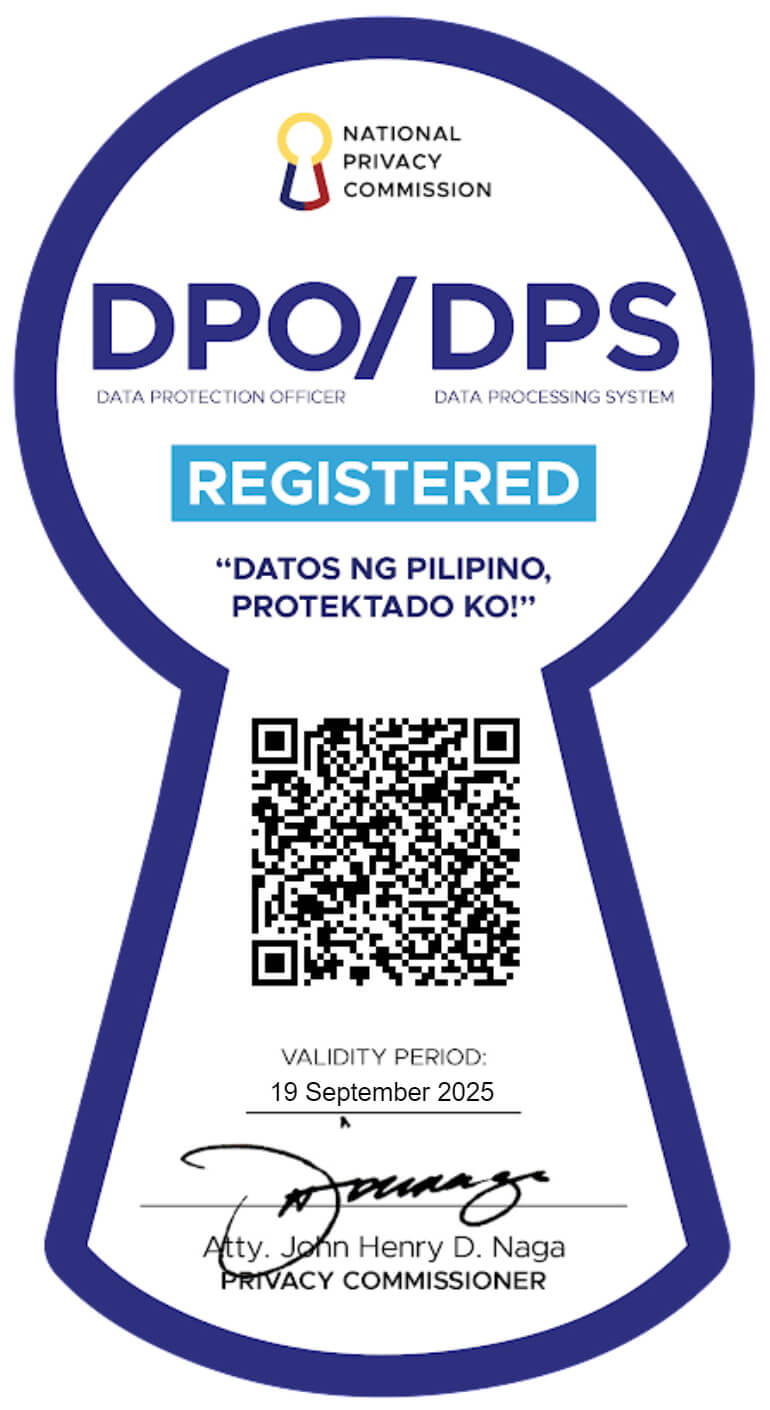-
About Us
Probe CX is a tech-powered, global customer experience organisation that amplifies human capabilities with technological excellence.
-
Awards and Accreditations
As an industry-leading CX and digital transformation provider, Probe CX has a resume to match any of our competition.
-
Compliance
Industry-recognised certifications to protect what matters most to our clients and their customers.
-
Locations
Over 19,000 team members delivering exceptional customer experiences across five countries.
-
Vision and Culture
We help our clients become modern digital organisations by combining the latest technology with people, process and data.
-
Executive Team
Meet the team with unmatched experience committed to helping organisations create environments for digitally-enabled CX to thrive.
-
 Blog
BlogDiscover the latest insights, information and trends in blogs created by customer experience experts.
-
 News
NewsLearn where Probe CX have been recognised in the news, including awards, accreditations, acquisitions, partnerships and more.
-
 Resources
ResourcesDownload our latest resources including whitepapers, case studies, tip sheets, reports and brochures..
A leading energy and gas industry retailer required support with credit collection activities and help to optimise their KMS.
- Blog
- Turn after hours into business hours with dynamic AI agents
Turn after hours into business hours with dynamic AI agents

They also possess a photographic memory, a constantly improving vocabulary and a scientific approach to examining data that allows them to provide customers with personalised insights. They even claim they will require no training for the role.
The ability to deliver 24/7 support with almost no downtime is a dream for many organisations. With virtual agents, it is now a reality. In this blog, learn how dynamic AI agents can provide round-the-clock support for your contact centre.
What is conversational AI?
Conversational artificial intelligence (AI) enables computers to simulate real conversations using a set of technologies. Think of conversational AI as a type of ‘synthetic and digital brain’. This ‘brain’ is made up of automation technologies that work together to help a digital tool understand, respond to and process human language; whether verbal (spoken over the phone) or digital (written words).
What is the difference between conversational AI and chatbots? There actually isn’t one. Conversational AI can be used to enhance chatbots. The keyword here is ‘enhance.’ Chatbots and conversational AI are not opposites. Instead, there are often two types of chatbots, one that is AI-driven and one that is rule-based.
Rule-based chatbots, also known as scripted chatbots, use programs that pair the words users enter, whether that’s via a phone call or through desktop chat services, with a list of possible scripted responses. They rely on pre-written scripts to respond to a limited set of simple queries and follow a pre-determined conversational flow.
Conversational AI-driven chatbots are far more intuitive and can simulate organic conversations that flow in a more ‘human’ way. Natural language processing (NLP), machine learning and predictive analytics are just some of the technologies used in conversational AI programs to enable a more dynamic, less constrained user experience than traditional rule-based chatbots.
What is an AI virtual assistant or agent?
So in the customer service and contact centre industry, what do you call a program that uses conversational AI? Popular terms include AI virtual assistant, virtual agent, AI-powered chatbots or intelligent virtual agents (IVAs). The list can go on, as long as your organisation understands that the term means conversational AI is the driving force.
Without getting too technical, these AI-driven agents mimic the way the human brain works. While the ability of basic chatbots to imitate human dialogue is often limited by a set of pre-registered answers, IVAs can save and use memories of a conversation to initiate context-related, human-like dialogues.
Depending on what conversational AI element is implemented (and more than one can be used) these AI-powered chatbots can make more intuitive leaps, perceptions and judgements for better speech recognition. Through machine and deep learning, they can also grow their vocabulary, understand colloquial formations and give precise answers to enquiries.
Real-life examples of these AI-driven bots in action include Siri for Apple, Alexa for Amazon, Google Assistant for Google and Cortana for Windows.
What are the benefits of AI virtual assistants?
So, how can AI improve customer service?
- Elevate customer interaction: AI virtual assistants can provide rapid and topic-appropriate responses to ensure users receive the information they want with minimal fuss.
- Shorter waiting times: no more waiting for the next available operator. AI chatbots are available right then and there making them great at handling immense volumes of customer enquiries.
- Better use of time: even if a customer still needs to be transferred to a human agent, the chatbot uses conversational AI to quickly gather the necessary pieces of information and store it so that when the customer is connected, the issue is already identified and their details can even be confirmed.
How can dynamic AI agents provide 24/7 customer support?
The thing with AI chatbots is that they are always ‘on’. There are no days off, they don’t get sick and they are always performing at their very best. Essentially, you get a 24/7 customer support team ready to help your users.
Even though there is a chance that you may still need human intervention to effectively solve customer queries, your IVAs can still collect enough information to further reduce call handling times.
But what if human intervention is required after hours? Say your human agent contact centre operates 9am to 5pm. What happens then? The thing about your AI agents is that they are pretty smart cookies, they learn fast and on the job.
In the beginning, your human agents may have to perform callbacks during office hours if the virtual agent cannot fully assist. However, over time, these intuitive assistants can be programmed to learn from these mistakes, identify what they missed and the next time a similar query is posed, have the answers ready to go. In fact, some contact centre management platforms have added features or in-built programs that can review queries that weren’t fully resolved by the virtual agent.
IN ACTION: Virtual agents
Want to see conversational AI at work? A new on-demand delivery company was experiencing sudden growth and in order to support this required an affordable solution that would ensure their costs did not grow at the same pace.
By implementing a virtual agent they were able to relieve the stress on their human agents. The virtual agent answered over 100,000 questions and deflected 63.4% of chats in its first week of launching. It speaks in nine languages, supports across nine countries and has a 95% response accuracy rate.
What about another virtual agent success story? A leading Australian full-service supermarket, operating with over 800 stores across the country, wanted to improve the customer experience of its online retail site which managed around 1.5 million customer interactions annually.
By implementing a virtual agent they were able to achieve a 41% decrease in the effort to service customer interactions handled by contact centre agents. The virtual agent also helped achieve a 28% shift from conventional voice channels to digital channels resulting in significant cost benefits with a 96% response accuracy rate.
Summary
Whether we call them chatbots, virtual agents or AI-powered assistants, they can have a positive impact on a multitude of contact centre KPIs like reducing average handling times, callback rates and hold times. Every element matters in the search for customer experience excellence and the technology you deploy is of increasing importance.
Related Articles
Intelligent Automation
The future of AI driven conversations
How will conversational AI will reshape service delivery from every angle?
Technology
Asynchronous messaging - what it is, how it works and why it’s here to stay
Modern consumers want the ability to communicate with brands on their own terms and asynchronous messaging is allowing them to do just that.
Intelligent Automation
What contact centres in 2028 could look like with Generative AI
Discover a world where technology is helping change the customer experience conversation for contact centre managers, agents and callers.
© Copyright 2025 Probe CX | ProbeCX is a proudly owned subsidiary of Probe Group
Privacy Policy | Responsible AI Policy | Financial Hardship Policy | Whistleblower Policy | Complaints Procedure | Supplier Code of Conduct | Make a Payment | Client Login




